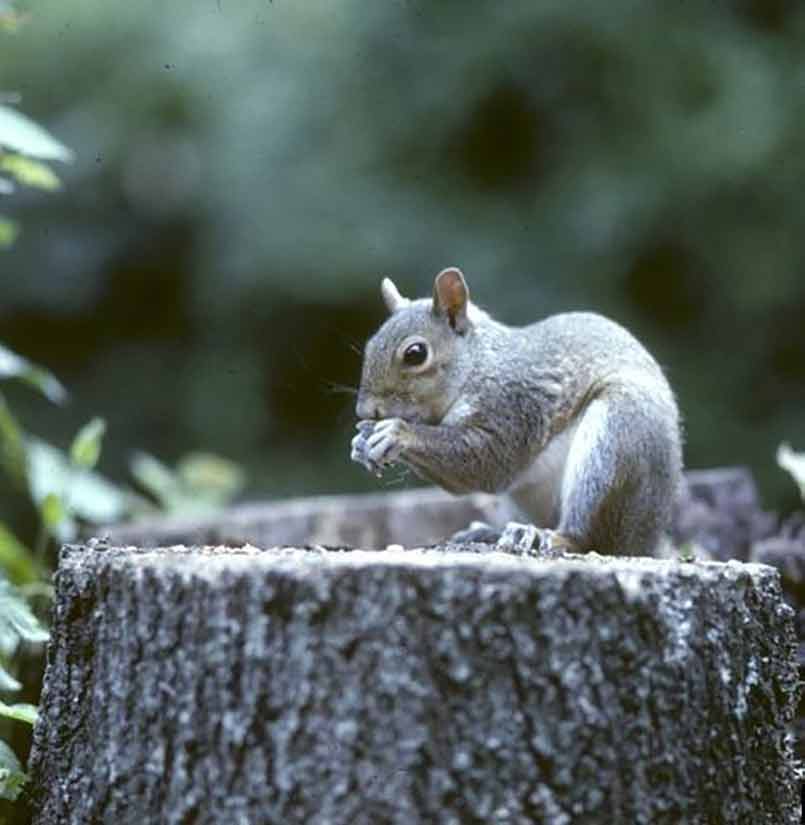Ask the Steward
Question: When I was younger I rarely saw gray squirrels. Now, when I am back in my woods a see quite a few of them. Are gray squirrels becoming more abundant?
Answer: What you have noticed corresponds quite well to the aging of Indiana’s forests. At the time Indiana was settled gray squirrels were the dominant squirrel species. They thrived in the heavy forest of early Indiana. However, as the state was cleared for crop and other non forest uses the populations of gray squirrels declined significantly, while the population of fox squirrels (who like a mixed forest and open landscape) grew.
Times have changed. Based on 2014 state wide forest inventories, Indiana has more forestland today than any time since the early 1900’s. And these forests are becoming quite mature. This combination has been good for the gray squirrel. It is this recovery and maturing of Indiana’s forests that has lead to increasing numbers of gray squirrels. I also expect overall declines in squirrel hunting has also had an effect. Credit USDA Forest Service, SRS
Credit USDA Forest Service, SRS
Today gray squirrels are relatively uncommon in northern Indiana- but then so too are large expanses of forest. However, in the woodlands of southern and central Indiana, gray squirrel numbers are about equal to fox squirrel. Thanks for the great observation!
How weed free do I need to keep my new (2 year old) tree plantation? When is the best time to mow and still protect wildlife?
Answer: There are mixed opinions on this one. However, in most plantings it is crucial to provide a relatively weed free area three to four feet around your young trees for 2-4 years. Sometimes longer in extreme conditions. But, the trees do not need to be weed free all year long. If you have a relatively weed free zone around the trees for 3 months (May-June-July) the planting should do well- provided the right trees were planted, on the right site, in the right way. After July the trees cease most top growth and start storing energy in their roots for next year.
Concerning mowing- if you have good weed control strips or spots around your trees you may not need to mow at all. However, mowing may be helpful and desirable if you are concerned about the appearance of the plantation, have an abundance of rodents (including rabbits, mice or voles). Mowing is recommended in many plantations 1-2 times per year (e.g. July 15 and Sept 15) so you can easily find the tree rows again next year. Do not worry about late season weed growth close to the new trees. Mowing a foot or two away from the trees may help hide them from the deer who just love those tasty buds in late winter and early spring.
Wildlife biologists recommend to avoid mowing between March 1st and July 15th. This is the primary nesting season for wildlife. If you must mow during this period consider raising the mower deck to leave at least 8” of growth.
Dan Ernst is an Assistant State Forester with the Indiana Division of Forestry. He oversees the state forests in Indiana and has authored the “Ask the Steward” column for years. Have a question for the column? Email Dan at dernst@dnr.in.gov.
